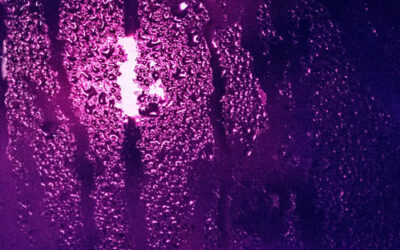Mental health professionals play an important role in efforts to prevent suicide, as about one-third of individuals who die by suicide had contact with mental health services in the year before their death (Luoma, Martin, & Pearson, 2002). The U.S. National Strategy for Suicide Prevention emphasizes the importance of providing evidence-based psychotherapies (EBPs) that directly address suicide risk to high-risk clients, particularly those with a history of attempting suicide.
Dialectical Behavior Therapy for Substance Use Disorders
Following the initial evidence supporting DBT for suicide and non-suicidal self-injury (NSSI) in the early 1990s, Marsha Linehan and colleagues introduced modifications to target substance use disorders (SUD) as one of the greatest risk factors for fatal outcomes. DBT-SUD developed by adding new principles, strategies, protocols, and modalities to address common problems and complications of addiction, while maintaining all of those from the original model for NSSI.
How DBT Can Help Treat Eating Disorders
The rationale for applying DBT to the treatment of eating disorders (EDs) has been described comprehensively in the literature. The rationale proposed suggests that alternative approaches are necessary for eating disorders because current empirically founded treatments (e.g. cognitive behavioral therapy and interpersonal psychotheray) may only be partially effective or ineffective for a select number of patients.
Dialectical Behavior Therapy and Mental Healthcare Costs
The need for implementation of effective treatments for individuals at high-risk for suicide — and those diagnosed with borderline personality disorder (BPD) — is greater than ever. The most recent and highest quality epidemiological evidence indicates that the lifetime prevalence of BPD is between three and six percent in the U.S. population (Grant et al., 2008; Trull et al., 2010). Worldwide, nearly 1 million people die annually as a result of suicide (World Health Organization, 2016).
DBT with American Indian Youth
The Indian Health Service (IHS), a component of the U.S. Department of Health and Human Services, operates two Youth Residential Treatment Centers (YRTC) in the Phoenix Area of the IHS. Desert Visions, located in Arizona on the Gila River Reservation, was established in 1994, and Nevada Skies, located on the Pyramid Lake Paiute Reservation in Nevada, was established in 2009.
Content focused on or discussing DBT Treatment





